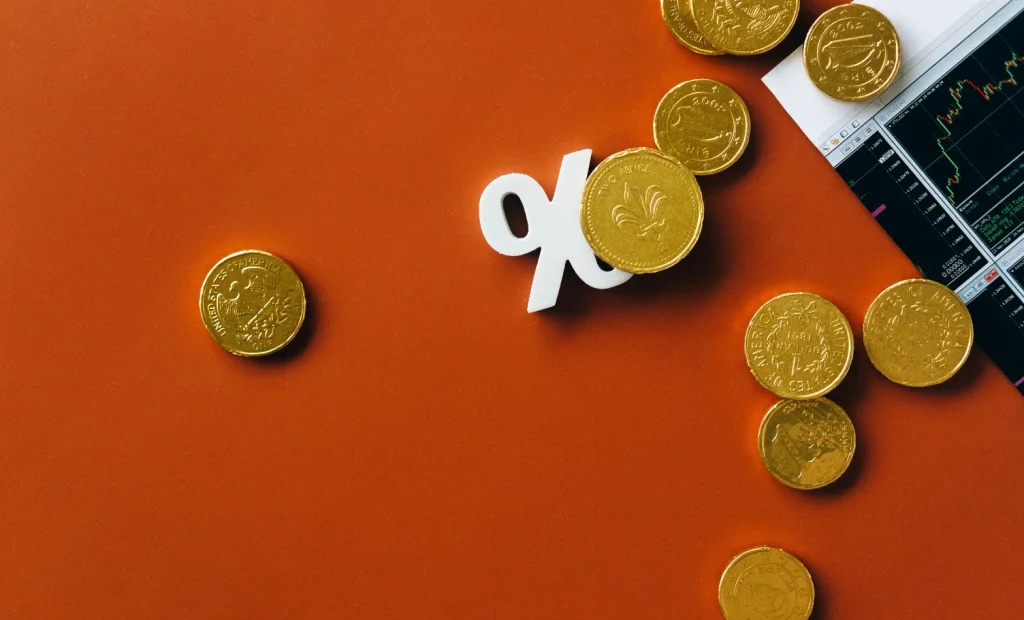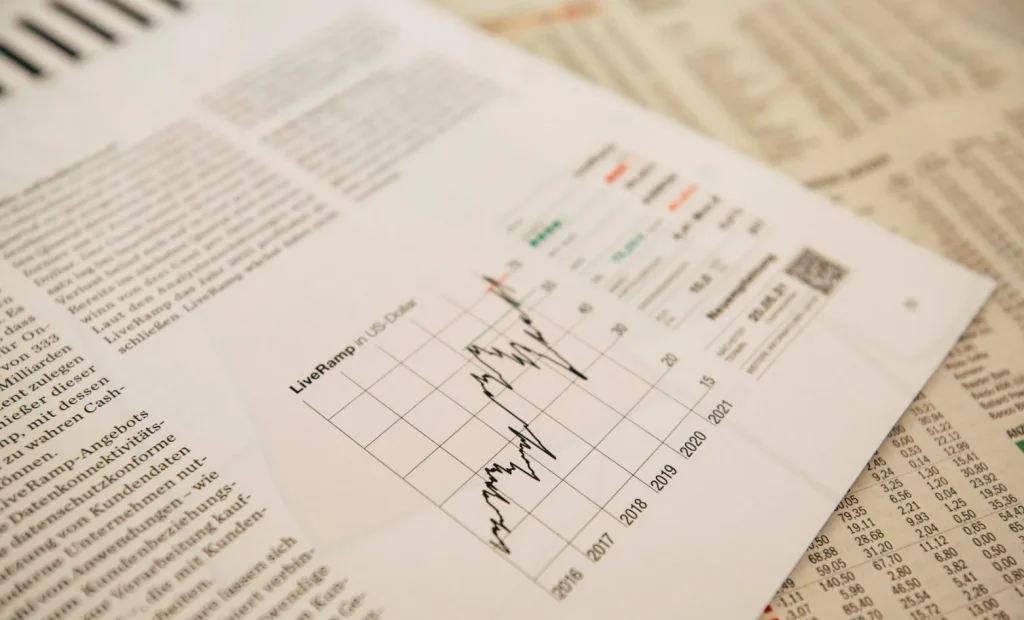Buying an RFO house and lot is probably at the top of your priorities right now, but you might want to wait just a little bit.
The Marcos administration’s first charge into the global debt market led to the issuance of $2 billion (equivalent to about ₱117 billion) in global bonds, as confirmed by the Bureau of Treasury (BTr) last October 6.
This amount, divided into 5-year, 10.5-year, and 25-year multi-tranche bond offerings, is expected to boost the Philippine economy amid volatile conditions.
Let’s take a closer look at how the securing of these funds really affects our nation’s economic status and your RFO house and lot buying decisions.
US$2B Secured Amidst Inflation, Rising Interest Rates

An estimated $2 billion in global bonds was secured by the Marcos administration after successfully appealing to the interest of foreign investors following the President’s international economic briefings in New York and Singapore.
Bonds are loans made by investors to borrowers. These are fixed-income instruments normally found in governmental, private sector, or corporate settings. Essentially, bonds such as these become public debt.
These bonds are typically used to finance projects and operations. Marcos Jr., upon succeeding Rodrigo Duterte as President following the galvanizing 2022 elections, has regularly made headlines for his trips to foreign nations, appealing to investors and allies alike.
Finance Undersecretary Mark Dennis Joven has stated that the overwhelming interest from foreign investors reflects the strength of the Philippines’ following in global investor communities, attributing the success of the bond sales to the “robust credit profile” and “sound government finances” of the Republic.
The $2 billion raised by Marcos Jr. and his economic team is divided into a $500 million 5-year bond, a $750 million 10.5-year bond, and lastly, another $750 million in a 25-year bond.
In March, the government made headlines with its $2.25 billion bond offering under the Duterte administration. This marked the first-ever triple-tranche USD bond offering of its kind in the Republic of the Philippines. Similarly structured to the 5-, 10.5-, and 25-year division, the global bonds secured by the Marcos administration actually come at a higher cost, reports the Philippine Daily Inquirer. The new 5-year bond comes with a coupon rate of 5.17%, almost 2% higher than the Duterte administration’s March bond offering at 3.229%. This rising rate is also evident in the 10.5-year bond, which bears a rate of 5.609%, again 2% higher than in March when the 10.5-year bond bore a 3.556% coupon rate. The 6.1% coupon rate for the 25-year bond saw a 1.9% increase from March’s 4.2%.
According to BusinessMirror, this multi-tranche bond offering received a Baa2 “senior unsecured” rating from Moody’s, indicating obligations that are subject to “moderate credit risk.” Credit ratings determine whether borrowers are capable of repaying the debts they owe, and is one way of measuring the risk of default, which occurs once borrowers are unable to make the payments required of their debt.
Defaults on loans where a government is obliged by contract to pay with interest may harm their access to credit from investors or lenders in the future. Another expected credit rating, this time by Standard & Poor (S&P) and Fitch, is the BBB+ and BBB rating, which are described as the borrower having a good credit score. However, the borrower’s capacity to fulfill financial obligations may be prone to risk due to adverse economic conditions or circumstances.
With the country’s existing national debt stock, it remains to be seen whether or not the sale of these global bonds, which is expected to be fulfilled by the 13th of October, will truly serve as budgetary support in a time of economic vulnerability.
On Global Bonds and National Debt

By the end of August of this year, the country’s offshore loans have been estimated to be at about ₱4.08 trillion. CNN reports that national debt stock has likely surpassed the previously reported ₱13 trillion.
The Philippine debt-to-GDP ratio, which compares the public debt of a country to its gross domestic product (GDP), hit 39.6 percent in 2019, a record low in the history of the country; while its (the Philippines) gross national income (GNI) had a decline of 10.91 percent on 2020.
With the COVID-19 pandemic, it can be assumed that this percentage grew even further, with the government having to borrow more to dole out financial assistance to households in need, as well as purchase the necessary vaccines.
The newly-acquired funds of Marcos Jr.’s administration are sure to add even more to this already outstanding amount of national debt. The questions remain:
How does excessive debt hurt the Philippine economy? How much debt is considered excessive debt?
While there is no concrete answer to these questions due to the varying conditions of each country, it’s no secret that weakening currencies are a result of their devaluation as a consequence of rising inflation.
With the inflation rate on the rise, the value and spending power of debts may lessen the longer they remain unpaid. Considering the “moderate credit risk” that the recently sold bonds acquired as a rating, the sale of these bonds may not be so reassuring even as government officials maintain a positive and determined outlook on the situation. One such official is National Treasurer Rosalia de Leon, who has stated that the successful transaction is one way of indicating the country’s readiness to “brave choppy waters in pursuit of excellent results.”
Choppy waters, indeed.
Bonds sold by the government fundamentally become public debt, with the bond buyers serving as the creditors. Inflation aside, these existing debts will have to be shouldered in part by taxpayers. As currencies weaken, prices of goods in the market rise and the ever-looming risk of recession hangs above the nation, it can be daunting to think of what this debt can do to the Republic’s economy as it seems only to grow bigger with each administration.
Bayan Secretary General Renato Reyes has stated that the President is “enlarging public debt amid rising inflation” instead of making moves that help assure the fulfillment of the promises he made during his electoral campaign run. The secretary-general also affirmed the lack of solutions that are comprehensible and real, mentioning Marcos Jr.’s knack for speeches that aim to please foreign interests and the elite class. Bongbong Marcos, it seems, prefers to fulfill his duties in words, while the more actionable aspects of these pretty speeches remain to be seen or felt.
Excessive debt has been linked to several adverse effects on the Philippine economy.
Lower job opportunities, economic growth, productivity, and wages are only some ways debt can affect the economy, especially with heightened interest rates over long-term investments.
The risk of https://www.crownasia.com.ph/news-and-blogs/lifestyle-blogs/selected/the-pros-and-cons-of-buying-a-property-amidst-a-recession has been discussed among economic experts, especially as the COVID-19 pandemic led to large-scale economic shutdowns and decline.
Recession Risks and Economic Decline

With rising government bonds and an impending tightening of global monetary policy, the Philippine government faces a vulnerable economy reeling from the pandemic’s shock. To address this, the Philippine government has been granted investment-grade credit ratings from major credit rating agencies such as Moody’s Investors Service, Fitch Ratings, and S&P Global Ratings, indicating that the borrowing has a low risk of default and that the borrower is competent to repay the debt.
According to the Bureau of the Treasury (BTr), the proceeds of the 5-year to 10.5-year bonds will be utilized for general purposes, mainly concerned with budgetary support, whereas the proceeds of the 25-year global bonds will be allocated solely to fund or remortgage investments under the government’s Sustainable Finance Framework. The total was slightly less than the $2.25 billion generated in the previous outing by the national government in March but at a significantly higher cost.
As a consequence, the new bonds will be added to the national government’s debt stock, which reached a record-breaking high of P13.02 trillion in August 2022. This is extremely alarming as it directly affects the country’s economic growth and, if not carried out effectively, could lead to a financial meltdown or a significant decline in economic activities.
According to Bayan Secretary General Renato Reyes, Marcos Jr.’s administration is only increasing public debt while causing inflation, with no comprehensive and actual solution.
The Marcos administration took over an economy that was barely scraping by. In fact, debt is used to close fiscal gaps. Having said that, the current administration should follow through on its commitment to start reducing the country’s debt-to-GDP ratio from 63.5% to less than 60% by 2025. At this point in time, one mistake can thwart the economic growth of the country; thus, populist policies that undermine national revenues may also be volatile.
The administration will have to walk a tightrope and do the following:
- Raise tax revenues without further indebting a society already adversely affected by rising inflation
- Reduce government spending without suppressing economic growth
- Invest in social and infrastructure services without raising the budget deficit and generate an income without incurring any additional liabilities.
Failure to meet this target may result in a massive economic recession, prompting bondholders to demand much higher returns while increasing the debt-service costs. Even worse, a weaker currency decreases confidence, and capital outflows will significantly decrease GDP growth and revenue collection. A weakened economy may not be a good time to sell your RFO house and lot.
This demonstrates that high sovereign debt levels are associated with sinking economic growth and rising default risk, and a negative influence on capital stock accumulation and economic expansion through higher long-term interest rates, increased regressive taxation rates, inflation, and a broad sense limitation on contractionary fiscal policies—resulting in greater market turmoil and relatively low economic performance.
With the risks mentioned above of an economic crisis caused by the government’s outstanding debts, this indicates a difficult road ahead for a country that wants to reclaim its global legitimacy.
So What Should We Expect From The Economy?

Bongbong Marcos took office at a time of high levels of inflation and monetary tightening. In response to this, the economic team of the Marcos administration promised an eight-point agenda in his first State of the Nation Address (SONA), addressing the pressing issues faced by Filipinos: rising prices, socioeconomic scarring from the pandemic, national disasters, and macroeconomic fundamentals.
Following the administration’s acquisition of global bonds from the international debt market, Finance Secretary Benjamin Diokno assures their plan will ensure an improved real GDP (gross domestic product) growth, improve government finances, protect purchasing power, mitigate socio-economic scarring, and create more quality jobs.
The government will use the funding from the sale of the 5-year and 10.5-year global bonds for “general purposes, including budgetary support,” Diokno added.
Filipinos — especially the Filipino workforce — are understandably wary of borrowing money and the debt it generates because of the mid-1980s economic crisis, which severely reduced our standard of living and left us with deep scars. However, the current circumstances are much different.
With the current economic situation, the Marcos administration must find ways to raise the quality of life for Filipinos, even if that means taking on this additional debt.
Marcos Jr. frequently claims that “the future looks bright because there is a possibility that the economy might grow by 7.5% this year.” However, as we learned from his father’s previous administration, rapid GDP growth only matters if it reaches 99%.
Will Bongbong do better? Let’s hope so.
Economic projections are difficult to predict—and it might seem that all hope is lost. This is to take into consideration that since mid-2021, the Philippine peso has depreciated in value against the US dollar, and it is likely to decrease in value over time. When the economy is already struggling under the weight of inflationary pressure, this will make imported resources more expensive.
Not to fret as there are always ways to deal with these socio-economic issues. All of them require a competent government that is capable of rational policy-making and knowledgeable trade-offs. It remains to be the crucial question for the Marcos presidency whether the administration is capable of handling this task. For now, you may have to hold your breath as you plan on purchasing an RFO house and lot.
Related Blog: Impacts of the US Recession on the Philippine Economy


